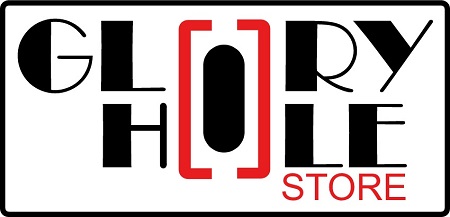Content
Now that you know frontend frameworks, it shouldn’t be that difficult for you. When starting out in front-end, you might not be sure where to start.
Cross-browser development involves building web pages so they are compatible with multiple browsers. For instance, a company might build using Google Chrome, but front end developers will then work to ensure the page works on Mozilla Firefox, Safari, and Microsoft Edge. Front end developers work on a wide variety of projects, all of which center around how a website looks and feels to end users. It’s not intuitive, but many online courses and resources are available. As a frontend developer, you won’t need to write your APIs for others to call (that’s a backend job), but you should know how to call an API and display it meaningfully on your site. Knowing a programming language or two beyond JavaScript can set you apart as a job candidate.
Improve your Coding Skills with Practice
As a result, the hierarchy of the site remains clear and consistent. Stack Overflow has a notorious reputation for being the strictest become a front end developer Q&A programming site in the world. With GitHub, you can host your projects and welcome other people to submit their contributions.
- This article outlines all the skills that you should learn if you want to get out of your Junior Developer role and get started on the path to becoming a Senior Developer.
- Egghead provides tutorials and courses on frameworks, libraries, languages, tools, and platforms.
- Depending on the project you’re working on, you may want to know other programming languagesbeyond JavaScript.
- Please note that GL Academy provides only a part of the learning content of our programs.
- Learn how to optimize, troubleshoot and fix problems in running apps.
HTML is frequently the first language that developers learn, and it is essential for front-end development work. Begin with freeCodeCamp’s Responsive Web Design certification and Beau Carnes’ brand new full HTML course. HTML stands for Hyper Text Markup Language, it is the skeleton of all web pages and applications as thier most basic building block. You use HTML to structure your page into elements such as paragraphs, sections, headings, navigation bars, and so on. Then they’ll passes their design on to the front-end and back-end developers, who now work on the implementation so the app they’ve designed works on the web. The front-end developer will recreate the design by writing the program in HTML, CSS, and JavaScript.
Learn Testing
Note that front-end web development is not just limited to these three skills, there are many more technologies that you will need to learn to excel as a Front-End Developer in 2022. A Front-End Developer closely work with Back-End Developers to create apps and/or sites that combine visual design with functionality. They translate wireframes and prototypes into stylish and interactive apps. Additionally, a Front-End Developer is typically responsible for things like fixing bugs, implementing mobile site designs, and maintaining workflow management. Front-End Developers tend to be tech-savvy people with a good handle on HTML, JavaScript, and CSS. There are so many resources, both paid and free, available online to support learning frontend development. These include Codeacademy, freeCodeCamp, hackr.io, Tutorialspoint, and YouTube among dozens of others.
I‘ll share with you some key points to improve your technical skills based on my experience as a front-end developer and some great references I’ve found on that. Btw, you may have already seen this front-end RoadMap created by Kamran Ahmed. The front-end developers at Sonatafy are proficient in using the latest programming languages like TypeScript, HTML5, JavaScript, CSS3 and beyond. Sonatafy front-end developers often use in-demand programs like React and Angular. Website development involves a multi-layered process of managing programs, codes, databases, languages and objects.
